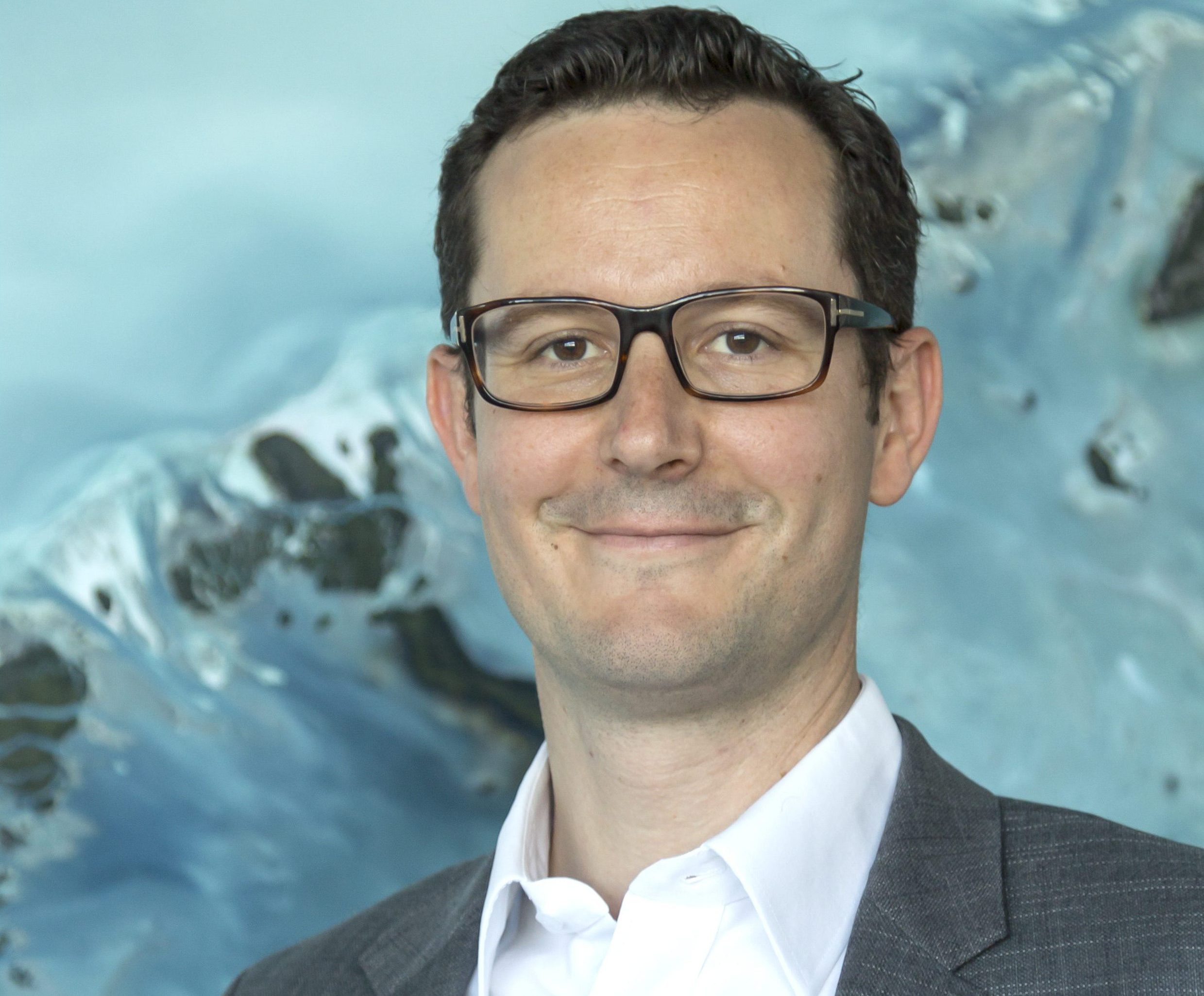
We have seen a lot of disruption in recent times. New large satellite constellations, laser communication in space, free data from EC Copernicus satellites, have all brought a level of disruption in the game. Historical players are taking this new competition seriously into consideration, and must demonstrate where their key differentiators are. We have also seen tremendous technical innovation from areas such as Cloud computing and machine learning.
Democratization of Cloud computing and hosting have made access to imagery and software capacity easy; progress in machine learning and automation are made rapidly to allow the industry and its customers retrieve more and more value from geospatial information on large scales, with less human intervention, opening up new markets in the defense and commercial world.
The dawn is already behind us
While there has been tremendous innovation within our industry, there has been much fusion with technologies from outside, for instance Cloud computing digital services and mobile devices. This is a healthy trend and is important if geospatial aims to become more mainstream.
The Fourth Industrial Revolution is at the core of Airbus Defence and Space’s strategy. We also need to lower the barriers to accessing our core products and present them with a simple and useable user experience. This forms the core of Airbus’ OneAtlas digital services.
While there has been tremendous innovation within our industry, there has been much fusion with technologies from outside also
Keeping in tandem with the view, Airbus will deploy new optical constellation starting in July 2020 with Pléiades Neo, made of four identical VHR optical satellites that will offer enhanced performance and the highest reactivity in the market. The satellites will double the number of visits per day anywhere on Earth and offer a re-tasking rate which is five times higher than previous constellations.
Airbus is also looking at innovative platforms such as Zephyr, a High Altitude Pseudo Satellite. This way we will implement new technologies and tools allowing customers and partners to have direct and easy access to our products and services.
Taking a giant leap
The industry is developing based upon new advances in analytics and satellite technology to provide a greater understanding of complex and multi-source data. As an example we can look at Starling service launched last year by Airbus. This Cloud-based service benefits from the latest artificial intelligence tools. We have also partnered with the US company SpaceKnow which uses our satellite imagery, made available as soon as received via the OneAtlas platform, to support the development of new analytics, applications and services across a wide range of markets, such as finance, defense and construction.
Altogether, we have a continuous challenge for the industry which is to further develop new usages for the geospatial data, and go far beyond than what we do today. We need to grow commercial demand and stimulate the appetite of new commercial users for geospatial data.




